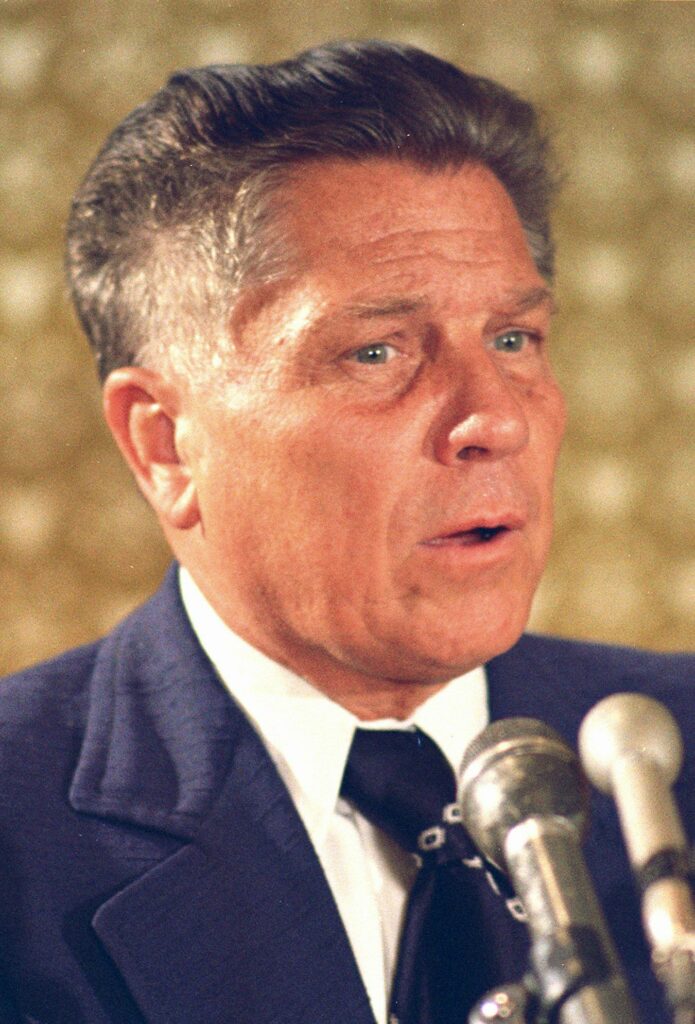
There was a lot of speculation about the disappearance of Jimmy Hoffa. Who did it, why did it happen, and what did it mean were the main questions everyone was asking.
Mandatory Credit: Photo by Uncredited/AP/REX/Shutterstock (5936641a) James Hoffa Graph, teamsters president Jimmy Hoffa is shown in Washington. The Teamsters leader was last seen in July 1975 at a restaurant in Oakland County’s Bloomfield Township in Michigan. Federal agents revived the hunt for the remains of Jimmy Hoffa, digging around in a suburban Detroit field where a reputed Mafia captain says the Teamsters boss’ body was buried Hoffa Search, Washington, USA

After Hoffa’s disappearance law enforcement was in a frenzy. How did one of the most high profile people in the United States just materialize into thin air? It was a question that bewildered police then and still bewilders them now. A lot of names came up and detectives investigated anyone who might’ve had a motive, but not one investigation led to an arrest, charges, or a conviction. Anyone that might’ve had an axe to grind with Hoffa was a suspect, but it was seemingly the perfect murder.
The long list of people that wanted Hoffa dead included Mafiaso’s, mob associates, and even union officials. With the ex-Teamster president making it clear that he wanted to regain control of the Teamsters, a lot of people weren’t happy. Over the years Hoffa’s name has been trumpeted in the news countless times as different criminals have come forward with new info- most of it false- on where Hoffa’s buried at. Every new tell-all Mafia biography claims to have information on what happened to Hoffa. It’s one of the 20th Centuries enduring mysteries.
“The long-standing theories on Hoffa’s demise developed pretty early in the investigation and the purported narratives haven’t changed much since the 1970s,” Scott Burnstein, organized crime expert and author of Motor City Mafia: A Century of Organized Crime in Detroit, tells Real Crime. “Barring a few specifics that have been discovered in the decades removed from the actual kidnapping and murder.”
Burnstein thinks it’s pretty much accepted that Hoffa was killed for refusing to back down from his attempts to reclaim the Teamsters union presidency against the wishes of his former backers in the mob. He believes that Hoffa’s murder was signed off in tandem between organized crime families in Detroit, Chicago, New York and possibly Pennsylvania too. Engineered and carried out by either the Detroit Mafia alone or a combination of hit teams from both Detroit and a New Jersey-based wing of the New York mob.
That’s been the prevailing, if unproven theory on Hoffa’s demise, but a lot of different factors and personalities come into play when looking at who killed Hoffa. From the potential fall out from the impending Church Committee Hearings to the long standing beef with Genovese Capo “Tony Pro” Provenzano to Hoffa’s unsettled disputes with the dead Kennedy brothers, it seemed that Hoffa had a target on his back that was getting bigger by the day.
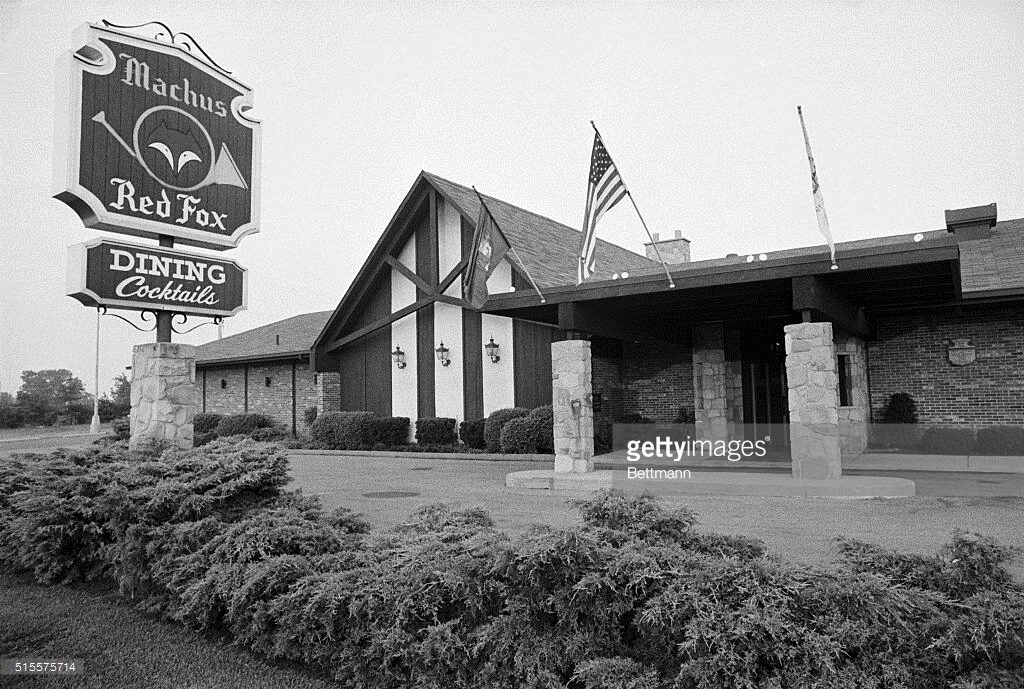
A Trio of Killings
Was it coincidence that Chicago Outfit boss Sam Giancana, mobster Johnny Roselli, and Jimmy Hoffa were all killed right around the time of the Church Committee Hearings that were looking into several intelligence abuses in the mid-70s. The committee was investigating several assassination attempts on foreign leaders including the attempt to kill Fidel Castro. Obviously somebody, maybe CIA related, didn’t want Hoffa, Giancana, and Roselli to testify. With all the collusion between the intelligence community and the mob back then something detrimental was bound to come out. Burnstein thinks all three murders were connected.
“Hoffa, Giancana and Roselli – both Chicago-born mobsters – were all killed in the same three months in 1975,” Burnstein tells Real Crime. “At the time of their deaths each were slated to testify in front of a U.S. Senate Committee looking into the relationship between the mafia and CIA. Giancana, the mob boss of Chicago in the 1950s and 1960s, was part of Hoffa’s early power base and his death further opened the door for Hoffa’s enemies to pounce.”
It was understood in Mafia circles that Hoffa was cooperating with the Church Committee. They thought he would say something in front of the committee that no one wanted him to say. The committee was also asking questions about the John F. Kennedy assassination and there were rumors that Hoffa was in contact with Jack Ruby, the man who killed Lee Harvey Oswald, JFK’s assassin, before everything went down. A lot of conspiracy theories out there and Hoffa’s name is connected in some way to most of them.
Was there some big, sinister plan to kill anyone who had any knowledge of what truly transpired? Maybe so, and maybe it was at the highest levels of the intelligence community. It seems like anyone who did know is either dead or not talking. But it’s not that far fetched given the information that’s out there. At the time police were investigating every possibility. A lot of names and reasons came up in association with the murders, but to this day there is still uncertainty about what occurred. Law enforcement officials were actively attempting to solve Hoffa’s disappearance, but since a body was never found they had no physical evidence. There were several theories though.
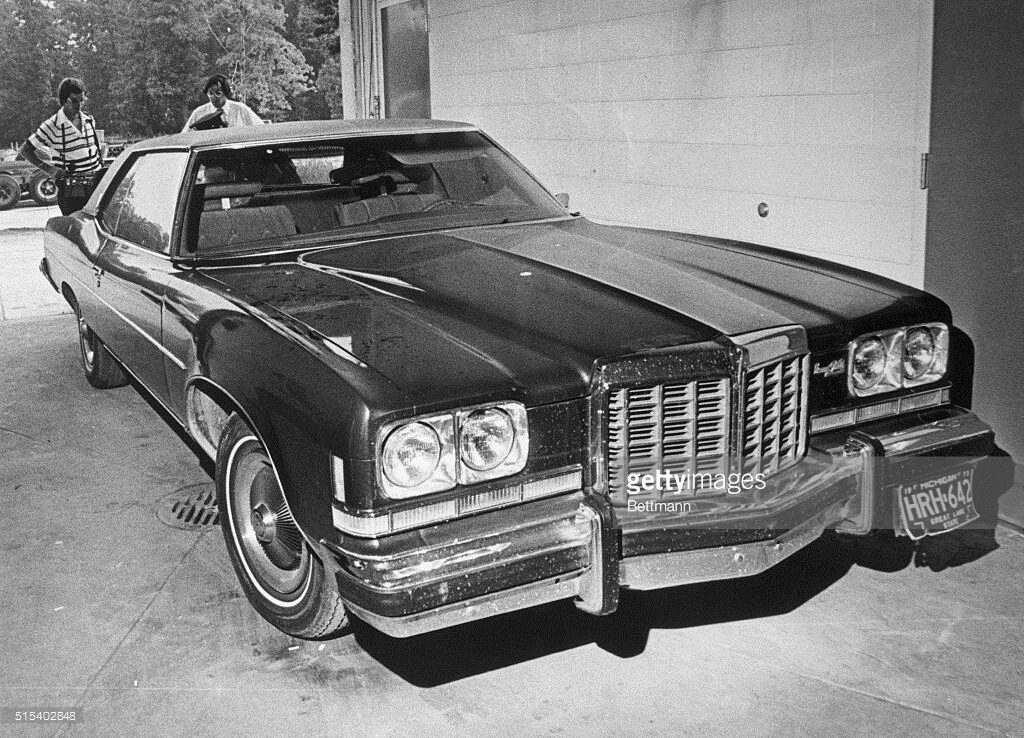
Tony Pro Beef
Tony Pro was a longtime nemesis of Hoffa. When Hoffa was in prison at USP Lewisburg in Pennsylvania they actually had a fist fight. It was all down to Hoffa blocking a substantial Teamster payment to the Mafiaso. Tony Pro ran the Teamsters in New Jersey and since Hoffa was trying to get back into position he had to make amends with Tony Pro. But as part of the most organized crime family in New York at the time, the Genovese, Tony Pro had a vast reach in the criminal underworld. When police questioned Tony Pro about his alleged meeting with Hoffa he denied that he was supposed to meet with Hoffa on the day he disappeared.
“Tony Pro was the carrot to get Hoffa exposed so he could be assassinated.” Burnstein tells Real Crime. “The idea that Tony Pro would meet with him and end their feud was practically the only reason Hoffa would agree to attend the lunch date he was kidnapped from.” The purported sit down between Hoffa and Tony Pro, mediated by “Tony Jack” Giacalone, Detroit’s Mafia boss, and a long-time Hoffa ally, was a crucial step for Hoffa to get back in power, but he had no idea that it would spell his demise.
“I don’t believe Tony Pro ever had any intention of going to any such meeting, but the fact that Hoffa thought he was going to, served a major purpose in the planning phase of his murder.” Burnstein says. “Tony Pro’s right-hand man, Sally Bugs Briguglio, is believed by some to have been the triggerman in the Hoffa hit and I think that’s totally plausible. If the Genovese had a direct hand in the job, Sally Bugs would have definitely been used. The fact that Sally Bugs was gunned down gangland style three years later makes you think he might have had something to do with it too.”
After Hoffa’s disappearance the whole world was saying that the old school gangster killed Jimmy Hoffa. But he was neither indicted nor arrested for it. Ralph Picardo, a convicted murderer and FBI informant claimed that Briguglio and the Andretta brothers, Stephen and Thomas, were sent to Detroit to kill Hoffa for Tony Pro with Buffalo boss Russell “The Old Man” Bufalino sanctioning it. According to Picardo, Hoffa was stuffed into a 50 pound drum and shipped by a Gateway Transportation truck to an unknown destination across the country. But the FBI finally came to the conclusion that organized crime wasn’t going to kill someone and then cart their body across the country.
“The ‘Little Ralphie’ Picardo theory is an example of the well-executed dis-information campaign launched by the Hoffa murder masterminds to leak out as many stories and anecdotes about the Hoffa hit as possible over the years in a very successful attempt to poison the intelligence pool.” Burnstein says. “In a lot of these cases, like I believe was the case in the Picardo situation, the person providing the information honestly believes it to be true, however, they’ve been misled, either intentionally or unintentionally.”
Detroit Mob Connection
“Jimmy Hoffa was Tony Jack Giacalone’s responsibility in the Mafia dating back decades and Tony Jack was in charge of directing all Detroit mob murders from the 1950s, until he died of kidney failure in 2001.” Burnstein tells Real Crime. “Hoffa was on his way to meet Tony Jack for lunch when he disappeared. We also known that Tony Jack had let Hoffa believe he had gotten Tony Pro to agree to squash their personal beef, which in turn would allow Hoffa to garner enough delegates to win the following year’s election, and that’s how a very-cautious Hoffa was lured out into the open to be killed.”
Giacalone was an intelligent and imposing man who dressed in a flashy style. He was a man of very few words but with a nod of his head he could make people disappear. On the day of Hoffa’s disappearance he seen the day at a local athletic club. Tony Jack was known as a surly guy but it was reported that he must have asked 50 people what time it was that day. He was the type of guy that never talked to anyone, especially not civilians, but on that day he was going around and shaking people’s hands and asking how they were. Its obvious he was establishing an alibi for himself that afternoon because he knew what was going down and had probably helped plan it.
“The entire day Tony Jack had an airtight alibi and was nowhere near the restaurant where the lunch meeting was supposed to take place,” Burnstein says. “Instead he was unusually chatty at his nearby health club headquarters. In private, Tony Jack was known to take great pride in crafting the befuddling Hoffa mystery and in his mind, pulling off the perfect hit.”
Police were looking for his brother “Billy Jack” Giacalone on the day Hoffa disappeared. They had a tail on him, but lost him and couldn’t locate him again. Burnstein believes that he was there as the Detroit representative. One theory that Burnstein subscribes to has Hoffa getting in the car with Billy Jack and being taken less than two miles away to the house of Carlos Licata, a Detroit mob soldier, whose house was used for sit-downs. Hoffa was familiar with the house as he’d met with the Giacalone’s there before.
“I believe Billy Jack was the Detroit mob’s point man on the hit itself, either pulling the trigger himself or overseeing the man pulling the trigger, whether a Detroiter or a Genovese.” Burnstein says. “Billy Jack was unaccounted for by his normal FBI surveillance unit the day Hoffa was killed- he lost them in traffic at around 10:30 a.m. and wasn’t picked back up on the radar until after dinner, a good three or four hours after the job was probably completed.”
Hoffa would have gotten into a car with Billy Jack and felt comfortable. If Billy told him, “Hey, Jimmy, my brother is down the road at so and so’s house, get in and I’ll take you there,” Hoffa most likely wouldn’t have thought twice. FBI agents witnessed both Billy and Tony Jack visiting Hoffa at his home on the lake in the days before he disappeared, a visit informants told the feds was to finalize details for the alleged Hoffa-Tony Pro sit down, that in fact was an elaborate ruse.
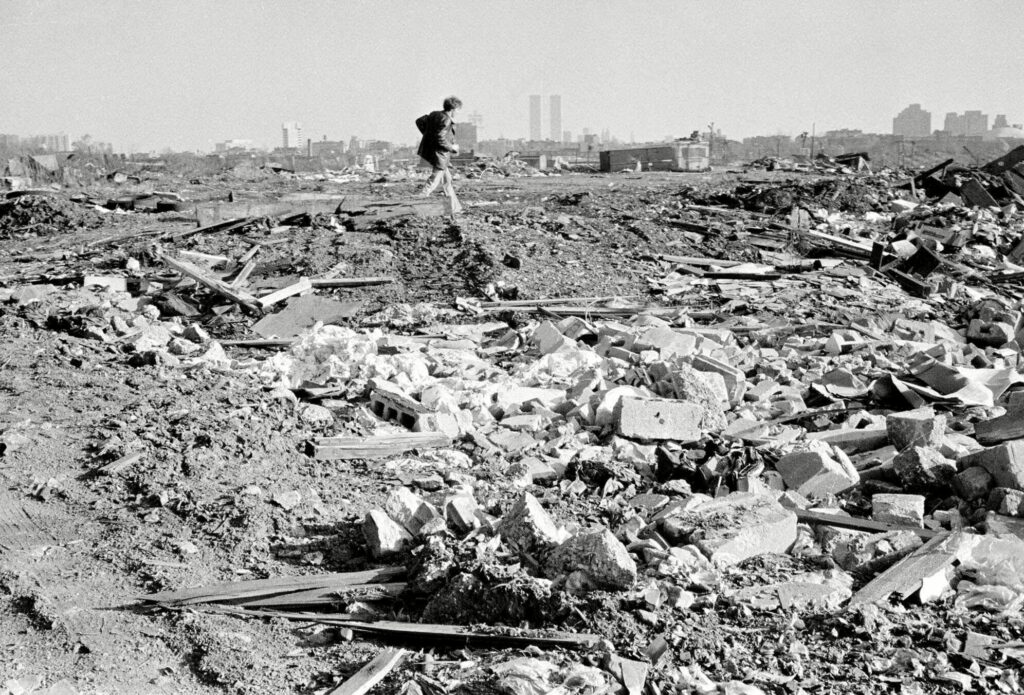
More Police Investigations and Suspects
Chuckie O’Brien, very close to both Hoffa and Tony Jack, was another suspect police investigated. A lot of people think that O’Brien was the one who picked Hoffa that day. The FBI believes that O’Brien was in possession of the car that Hoffa was kidnapped in. But by this time Hoffa and O’Brien had fallen out. They were on really bad terms by then and Burnstein thinks that Hoffa wouldn’t have felt comfortable getting into a car with O’Brien. But since O’Brien was aligned with Tony Jack it’s a possibility.
“Chuckie was Hoffa’s surrogate son and we know he was in possession of the vehicle Hoffa was kidnapped in and possibly transported to his disposal in- a brand-new Mercury Marquis belonging to Joey Giacalone- Tony Jack’s son and Chuckie’s friend, the morning and early afternoon Hoffa vanished.” Burnstein says. “In my opinion, Chuckie’s involvement ends there. I believe he turned over the car to the hit team before the hit took place.”
Burnstein points out, and rightly so, that O’Brien wasn’t trusted enough by the mob to be used as a set-up man in the job. Plus, he and Hoffa weren’t on speaking terms at the time, having fallen out over Hoffa refusing to support O’Brien for an administrative post in the union. So the fact that a lot of people place Chuckie as the driver who scooped Hoffa at the Red Fox restaurant and drove him to his murder doesn’t fly with Burnstein, and obviously it didn’t fly with the FBI because O’Brien was never arrested for his alleged part in the scheme.
Rolland McMaster was another suspect that the police investigated. He was a big scary guy with a glass eye that worked as a business agent for the Teamsters. The 6-foot-6, 300 pound enforcer had huge hands and was an intimidating guy. He’d worked with Tampa boss Santo Trafficante before and was one of the most trusted non-Italians around. He could have played a role in the murder because Hoffa blocked him from getting a Teamsters position while he was in prison and they became enemies. Burnstein believes that McMaster had a lot of knowledge of mob and Teamster interactions and was probably guilty of getting rid of Hoffa’s body. But then again the mob had a lot of hitmen so why would they being in McMasters?
“McMaster, an infamous labor union leg breaker and former Hoffa confidant, was the head of the so-called “Goon Squad,” a group of Teamster and mob-sanctioned anti-Hoffa thugs employing intimidation tactics to dissuade Hoffa from running for union president in 1976.” Burnstein says. “There are rumors that McMaster blew up Teamster executive Richard ‘Little Fitz’ Fitzsimmons’ car in May 1975 to make it appear as if Hoffa did the deed to expedite his slaying. Rumors also exist that McMaster aided in the disposal and burial of Hoffa’s body- his one-time Hidden Dreams Ranch in Commerce Township, Michigan was searched for Hoffa’s remains in 2006.” But no body was ever found.
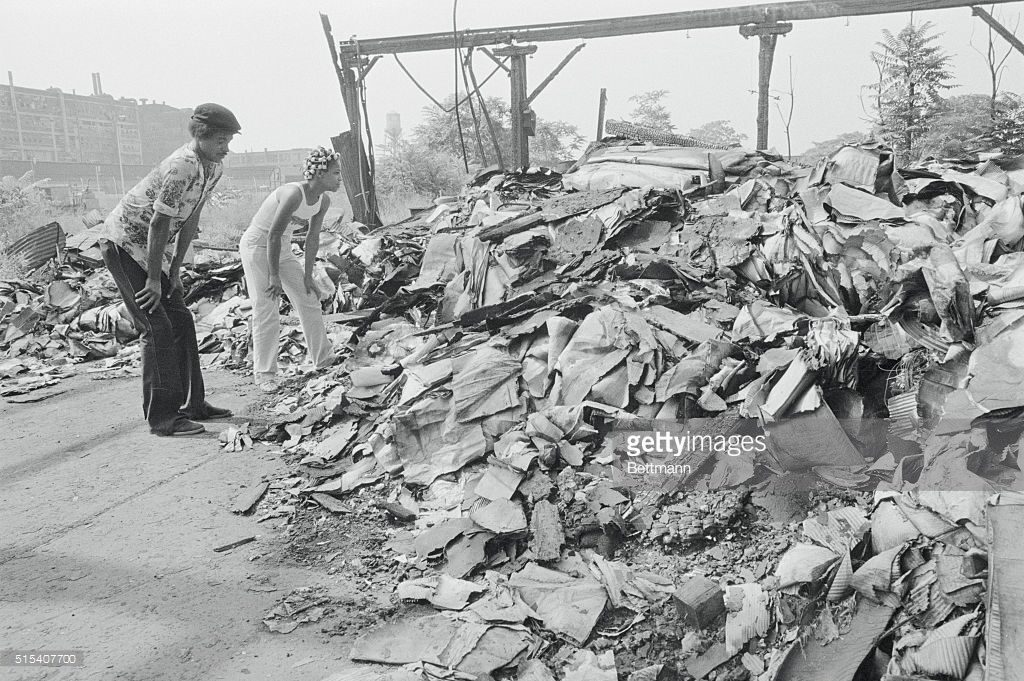
Other Theories and Confessions
In a popular book about the Hoffa disappearance- I Heard You Paint Houses by Charles Brandt- that is currently being made into a Hollywood movie, The Irishman, directed by Martin Scorsese, Frank Sheehan confessed to being Hoffa’s killer. He claims he shot Hoffa two times in the back of the head on the mob’s orders so Hoffa wouldn’t run for the Teamster presidency again. Sheeran was a high ranking union official out of Pennsylvania and Delaware who was also an important mob associate that acted as a liaison between the mob and Hoffa at one time.
Sheerhan claims flew to Detroit, got in a car, picked up some guys, got Hoffa, and killed him. But Sheerhan also claims that he was involved in the Crazy Joey Gallo murder and that he was the one who supplied the guns for the Kennedy assassination. But by the time these revelations came out Sheerhan was broke and need money. He was trying to sell a book, but got caught in a bunch of lies. First he said Sally Bugs was the killer, but then claimed he was the killer. Law enforcement and those in the know never bought Frank Sheerhan’s story. But Hollywood did.
“It’s complete bullshit.” Burnstein says. “Sheerhan was a delusional drunk and a known liar. Yes, he knew Hoffa. Yes, he was connected in labor union and mob circles. The idea that the Detroit family, a group loaded with professional hitmen who were close to Hoffa, and/or the New Jersey Genovese faction, needed to bring Sheerhan in from Delaware to help them pull the hit off is ridiculous and shows a fundamental lack of understanding of logic and age-old mob protocol.” But since everyone wanted to see the case solved a lot of people bought into Sheerhan’s story.
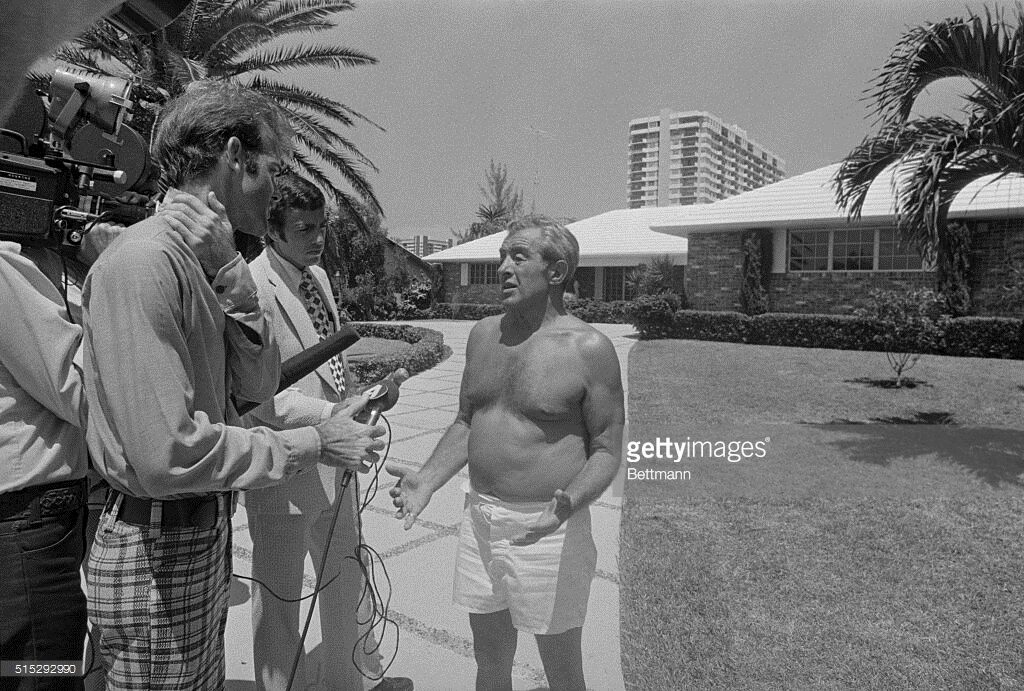
Where Did the Body Go?
“A lot of former and current law enforcement who have worked the case think Hoffa’s body was disposed of via an incinerator located at one of two trash companies, either Tri-County Sanitation or Central Sanitation, both owned by prominent members of the Detroit mafia and both within 20 minutes of where Hoffa was last seen alive.” Burnstein says. “In the years following Hoffa’s murder, Central Sanitation burned to the ground in a suspected arson fire.”
Burnstein is convinced that Hoffa’s body was incinerated within an hour of breathing his last breath and there is no body to be found. Hence, this entire last 42 years searching for remains has been one big wild goose chase. Six years after Hoffa’s disappearance more loose ends were tied up as Carlos Licata ended up dead at the same house Hoffa was allegedly taken to for the supposed sit-down with Tony Pro. It was ruled a suicide, but with Licata dying because of two shots to the chest, how likely was that? And Burnstein shares more on what might have happened to the body and who was investigated.
“Detroit mobster Tony Palazzolo was caught on an FBI wire bragging to an undercover cop that he stuffed Hoffa’s dead body into his sausage auger.” Burnstein tells Real Crime. “Tony Pal has always headquartered out of the Detroit Sausage Co. and at the time of Hoffa’s murder was in the process of making a name for himself as an up-and-comer in the mafia, not just in Michigan either, but as a player in mob affairs in Canada and Louisiana as well.”
Deceased Detroit mob underboss Tony Zerilli named Palazzolo as the man who kidnapped Hoffa in Tony Jack’s son’s car and actually killed Hoffa – claiming Tony Pal bludgeoned Hoffa with a shovel. The only thing we know for sure is that Hoffa was taken and disposed of very quickly, probably incinerated. When the Mafia or whoever had Hoffa erased picked the people who would handle the disappearance its obvious they picked people they they were 100 percent sure wouldn’t say what happened. They knew where they were going to bury the body before they even whacked him. The whole affair was planned out with precision.
Seven years later Hoffa was declared legally dead. Police never arrested anyone for his murder. Countless man hours and investigations were opened up in the case but none of them led to the apprehension of a suspect. The mystery of Jimmy Hoffa’s disappearance remains, an enduring part of pop culture and the Mafia’s lore.



6 Comments
“It was ruled a suicide, but with Licata dying because of two shots to the chest, how likely was that?”
Actually, as a pathologist, that is a VERY common way for men, especially men who know something about firearms, to kill themselves. Flinch a millimeter when you pull the trigger aimed at your head and you blow your face off and are alive in horrible pain for years. In my emergency room rotation, I think I saw as many people who tried to shoot themselves in the head linger on for days to years as actually killed themselves. Plus, aiming for the chest, you can easily get off multiple shots increasing the odds of death.
Shoot yourself in the chest, and you are dead. Aim for the head, maybe, maybe not. An accountant will put the gun against his temple, a violent criminal, the chest every time.
And yet the gun was found on the dresser, across the room.
Highly recommend the sausages from Detroit Sausage Company. Whenever I’m in Detroit I like to swing by DSC’s for a few packs of them, but I had no idea that it was run by mobsters who use the equipment to dispose of corpses!
Really curious about the sausage thing,Are the daggers really big enough for a human disposal without further butchering owes Tony Pal.full of it?
Augers not daggers..sry
Have you read about these 2 eyewitnesses to the Mercury as it left the Machus Red Fox at 2:45 pm on July 30, 1975-and drove side by side for 5 miles (15 minute drive time)?
You should.